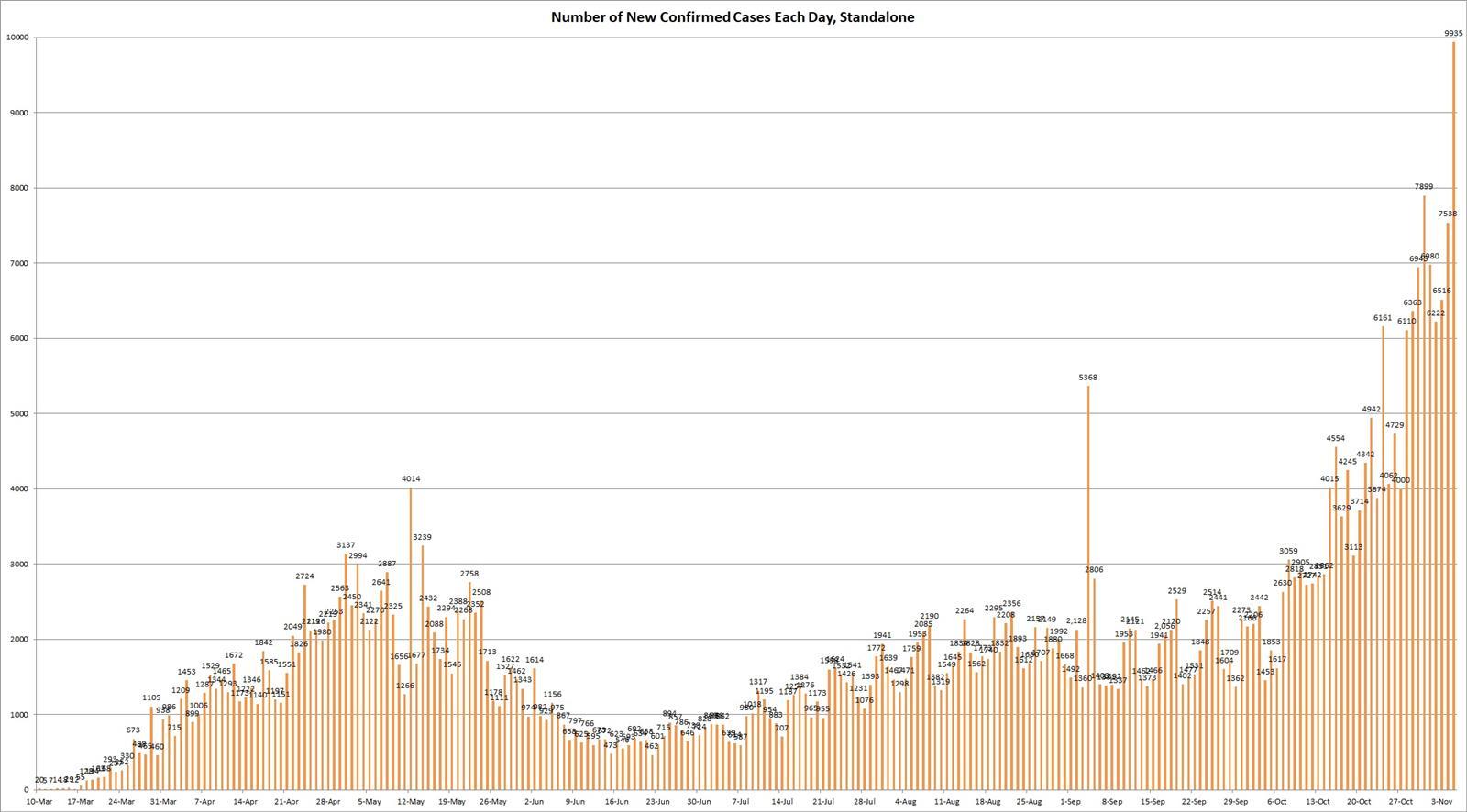

“He knew they could only really make progress if they had very clear and well-communicated scientific advice,” says Richard Betts, a climate scientist at the University of Exeter, who worked on several IPCC reports with Houghton. As the director-general of the UK Met Office, the nation’s weather agency, from 1983 to 1991, he helped to establish the Hadley Centre for Climate Science and Services in Exeter and advised the UK government on the scientific consensus on climate change. He was a pioneer in the use of emerging satellite technologies for understanding the Earth system. Researchers who knew Houghton commended him for his scientific rigour, his leadership and his ability to connect with policymakers and the public.Īfter studying at the University of Oxford, UK, Houghton became a professor there in 1958. Houghton was the lead editor of the first three IPCC assessment reports - massive, influential studies that summarize the state of scientific knowledge on climate change - and accepted the 2007 Nobel Peace Prize on behalf of the organization, alongside former US vice-president Al Gore. John Houghton, a climate scientist and a senior member of the Intergovernmental Panel on Climate Change (IPCC), died of COVID-19 on 15 April, aged 88. In late March, a non-peer-reviewed epidemiology study of the Lombardy region in northern Italy found that the virus might have been circulating there for more than a month before it was detected.Ģ2 April 16:45 bst - Climate scientist and IPCC veteran dies of the coronavirus

Similar reports have surfaced elsewhere in recent weeks. The revised cause of death shows that the deadly disease had footholds in the United States earlier than previously thought. Previously, the first COVID-19 death in the county was thought to have occurred on 9 March. The updated statistics include two people who died at home and a third whose location of death was not specified. The first US COVID-19 death might have occurred in California on 6 February - three weeks before the first reported death, in Washington state.Īfter autopsies, three people who died in Santa Clara County between 6 February and 6 March have been confirmed as having died of COVID-19, according to a statement released by the county’s department of public health on 21 April. Ģ2 April 17:05 bst - Deaths suggest the coronavirus was in the United States weeks earlier than thought Read highlights from the coronavirus research literature here. Find Nature ’s latest coronavirus coverage here. Credit: Andrew Caballero-Reynolds/AFP via Getty IDPH will continue to track the vaccinations rates and hospital capacity metrics, and cases over 28-day monitoring periods. New evidence concerning variants, vaccine effectiveness, or waning immunity could substantially and quickly increase COVID-19 hospitalizations and will be taken into consideration, in addition to the metrics being monitored.The first US deaths related to coronavirus might have occurred weeks earlier than previously thought. On June 11, 2021, Illinois moved into Phase 5 of the Restore Illinois Plan. By applying the same metrics across Illinois, IDPH uses a standardized approach to monitor the state as a whole. Each indicator is monitored for the trend over 28 days to evaluate the COVID-19 disease burden and hospital resource capacity.
/cloudfront-us-east-1.images.arcpublishing.com/gray/634PX7WHPZDBLDBPINUFIRM3ZQ.png)
Indicators are calculated daily for Illinois based on the most current, complete data. IDPH will monitor if these indicators show an increase in the COVID-19 disease burden with a simultaneous decrease in hospital capacity. These indicators are calculated for the entire state. IDPH continues to monitor key indicators to identify early increases of virus transmission in Illinois, potentially signifying resurgence.


 0 kommentar(er)
0 kommentar(er)
